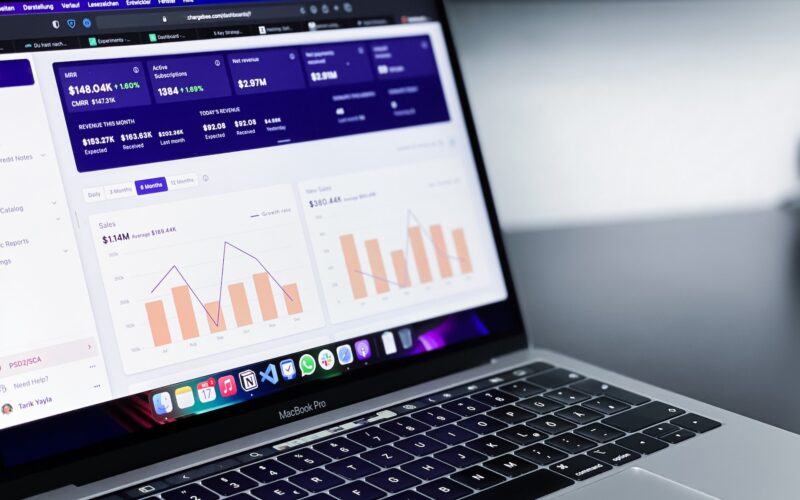In the fast-paced world of retail, staying ahead of market trends and understanding customer needs is key to success. This is where retail analytics plays a crucial role. By harnessing the power of data, retail businesses can gain insights into various aspects of their operations, leading to informed decision-making and enhanced business performance. This article explores the different areas where sales analytics can provide valuable insights, each under a specific subheading.
1. Understanding Customer Preferences and Buying Patterns
One of the most significant benefits of sales analytics is its ability to reveal customer preferences and buying patterns. By analyzing detailed sales data, businesses can determine which products are favorites among different demographics and during various seasons or times of the year. This insight is invaluable for managing inventory effectively, ensuring that popular items are always available to meet customer demand. Furthermore, understanding these patterns enables businesses to tailor their marketing and promotional efforts more precisely.
2. Optimizing Pricing Strategies
Sale analytics plays a crucial role in developing effective pricing strategies. By assessing market trends, customer responses, and competitor pricing, retailers can adjust their prices to strike the perfect balance between profitability and competitiveness. Strategies like dynamic pricing allow prices to be adjusted in real time based on current market demand, while personalized pricing strategies offer unique prices or discounts to individual customers based on their shopping history and preferences. An optimized pricing strategy is essential not just for attracting customers but also for maintaining a healthy profit margin, ensuring the long-term sustainability of the business.
3. Enhancing In-Store Experience
Another area where sales analytics is extremely beneficial is in enhancing the in-store experience for customers. By analyzing data on customer foot traffic and interaction with products within the store, retailers can design store layouts that are more conducive to shopping. This might involve strategically placing high-demand products, effective signage, and creating engaging displays that capture customer interest. Improving the in-store experience can lead to increased customer engagement, longer browsing times, and, consequently, higher sales. Additionally, a pleasant and convenient shopping experience can foster customer loyalty, encouraging repeat visits. Retail technology PR plays a key role in communicating these advancements in store design and technology. By highlighting innovations in customer interaction and experience, retailers can enhance their public image and attract more customers, further establishing themselves as leaders in the retail technology space.
4. Streamlining Supply Chain and Inventory Management
Efficient supply chain and inventory management are crucial for the smooth operation of any retail business. Sale analytics provides insights into product demand trends, enabling retailers to manage their inventory levels effectively. This helps in avoiding situations of overstocking, which ties up capital in unsold goods, or understocking, which leads to missed sales opportunities. Moreover, analytics can optimize the supply chain by identifying the most cost-effective and time-efficient methods and routes for product distribution. This optimization reduces operational costs and ensures that products are available when and where they are needed, improving overall customer satisfaction.
5. Measuring Marketing Effectiveness and ROI
Finally, sales analytics is instrumental in evaluating the effectiveness of marketing campaigns and calculating the return on investment (ROI). Businesses can identify which strategies are effective in attracting and retaining customers by analyzing customer responses and engagement with various marketing initiatives. This analysis allows for more strategic allocation of the marketing budget, focusing on high-impact strategies that offer the best returns.
Verint states, “With Retail Data Analytics, you can capture 100 new data points on a single customer’s experience, including: Who visits your stores, why they came, and what their experience was like”
Sales analytics offers a wealth of insights vital for improving business performance in the retail sector. From understanding customer behaviors to optimizing pricing strategies, enhancing in-store experiences, streamlining supply chain and inventory management, and evaluating marketing effectiveness, these insights empower businesses to make data-driven decisions. By leveraging sales analytics capabilities, retailers stay competitive in the market and create a more personalized and satisfying customer experience, leading to sustained business growth and success.




